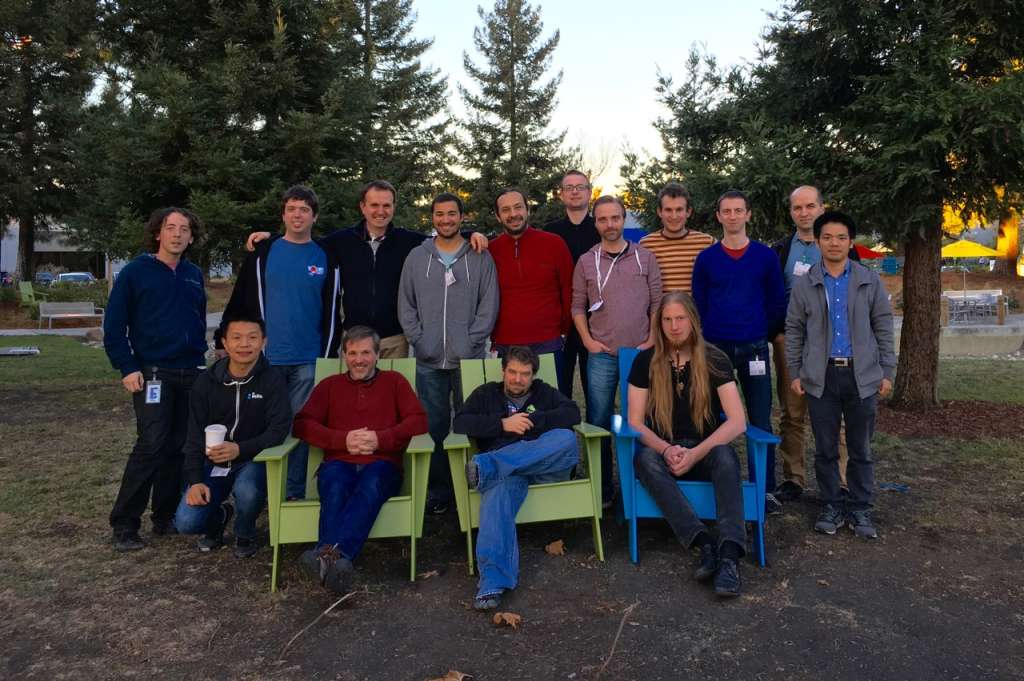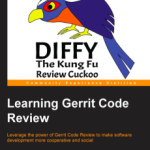If you ever would like to run multiple WordPress installations on one NGINX server and sharing one domain name. Also you would like to have nice urls like /%catetgory%/%postnname%/ on both of them. You better do not do it in the root configuration block like this:
location / { try_files $uri $uri/ /index.php?$args /another-nestetd-wp/index.php?$args; }
Of course this will work… but as a side effect posts from /another-nested-wp/ will be leaking into main blog RSS feed. Trust me 🙂 I’ve only found out about this thanks to JVM Bloggers and my colleagues asking me wether my site was hacked 😀
Some things one need to learn the hard way.
Nevertheless, proper NGNIX, configuration should be done for /another-nested-wp/ (not root node):
location /another-nested-wp/ { try_files $uri $uri/ /another-nested-wp/index.php?$args; }
This way both blogs shouldn’t interfere with each other. And both can use nice urls 😉
One again many thanks to the community from JVM Bloggers for quick information about this (self)hack 😉



